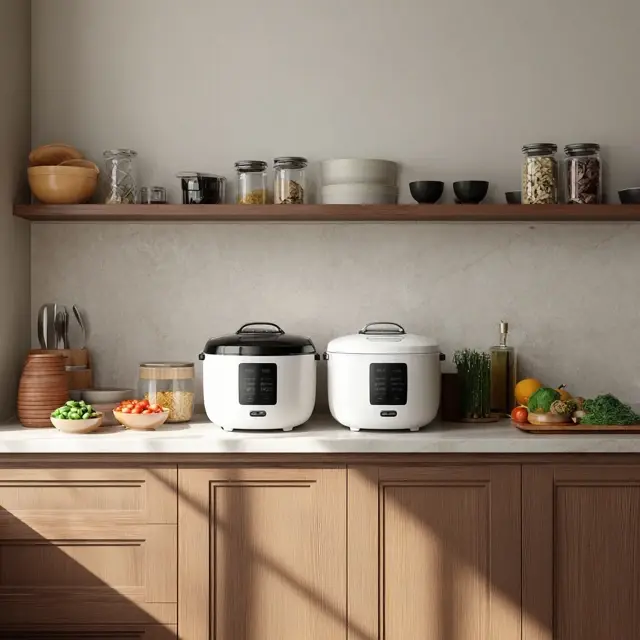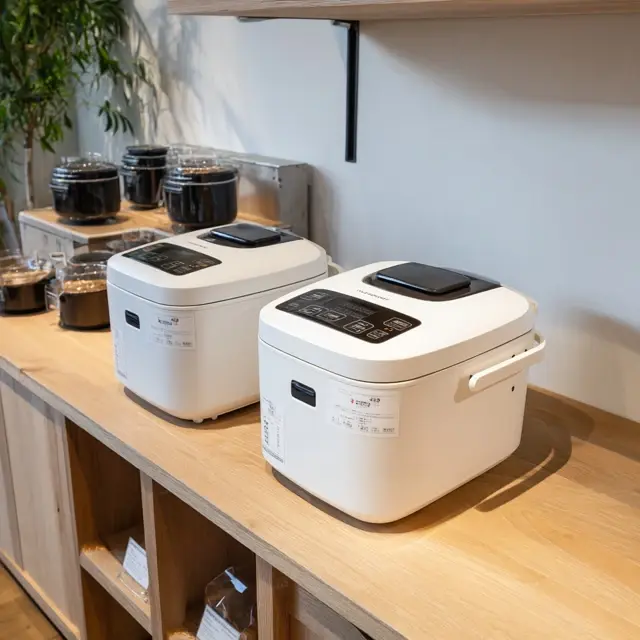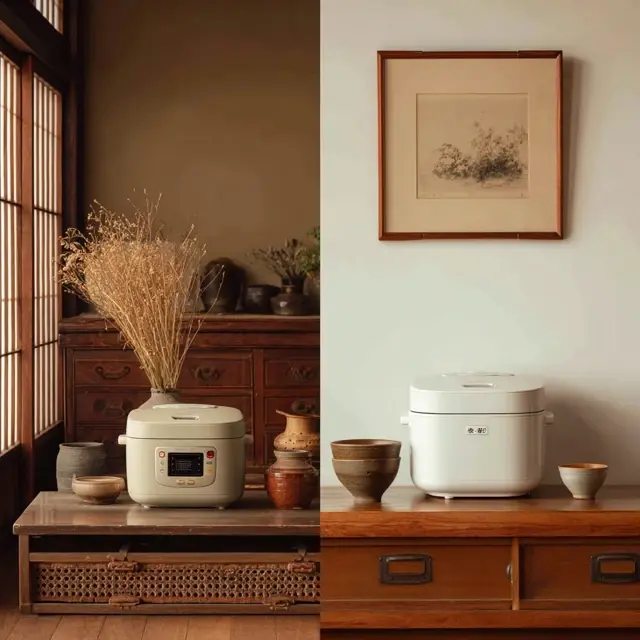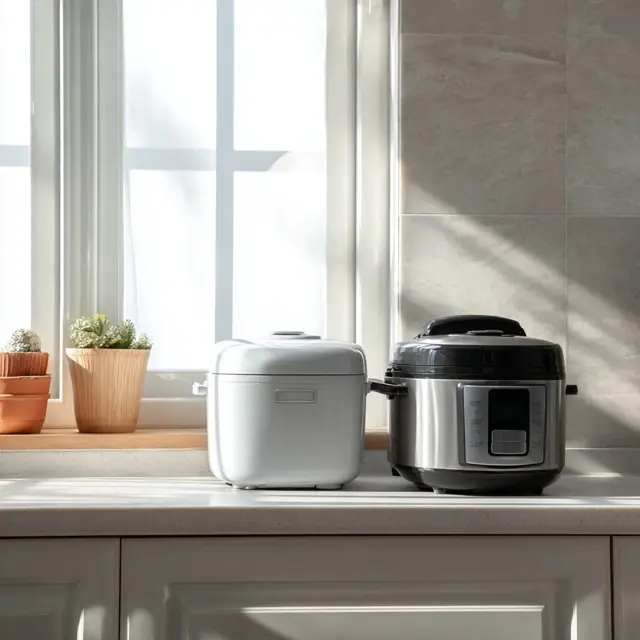Which Rice Cooker Small vs Large is Right for Your Household?
Rice cookers have become indispensable in kitchens worldwide. When deciding between a rice cooker small and a large model, your household size and cooking habits are the most important factors. Here’s a guide to help you choose the right fit.
Understanding Household Needs
Different households have different demands when it comes to meal prep. A single student has very different needs compared to a family of five. Choosing the right size can save time, money, and space.
Benefits of Rice Cooker Small
- Capacity: 2–4 cups, perfect for singles or couples.
- Compact and space-saving for apartments or dorms.
- Energy-efficient, using less power per cycle.
- Affordable and easy to transport when moving.
Benefits of Large Rice Cookers
- Capacity: 6–10+ cups, great for families or shared households.
- Handles bulk cooking and meal prepping with ease.
- Often includes multiple cooking modes like porridge, steam, and slow cook.
- Durable for long-term use in busy kitchens.
Comparison by Household Type
- Single or Couple: A small rice cooker offers simplicity and minimalism.
- Small Family: Either size can work, but large adds flexibility for entertaining or prepping leftovers.
- Large Family: A large rice cooker is essential to keep up with daily needs.
- Shared Living: Large cookers are ideal for roommates or group cooking situations.
Which Size Fits Your Household?
If you value compact design and minimal cooking needs, a rice cooker small is a great choice. If your household requires larger servings or weekly batch cooking, a large model is more practical.
Internal Link Anchor Suggestions
best rice cookers for small households | large rice cookers for families | kitchen space-saving tips | appliance buying guides | meal prep with rice cookers
Conclusion
Both rice cooker small and large options serve households well, but the best choice depends on family size and cooking style. Small models are perfect for individuals and couples, while large models meet the demands of families and frequent hosts.




